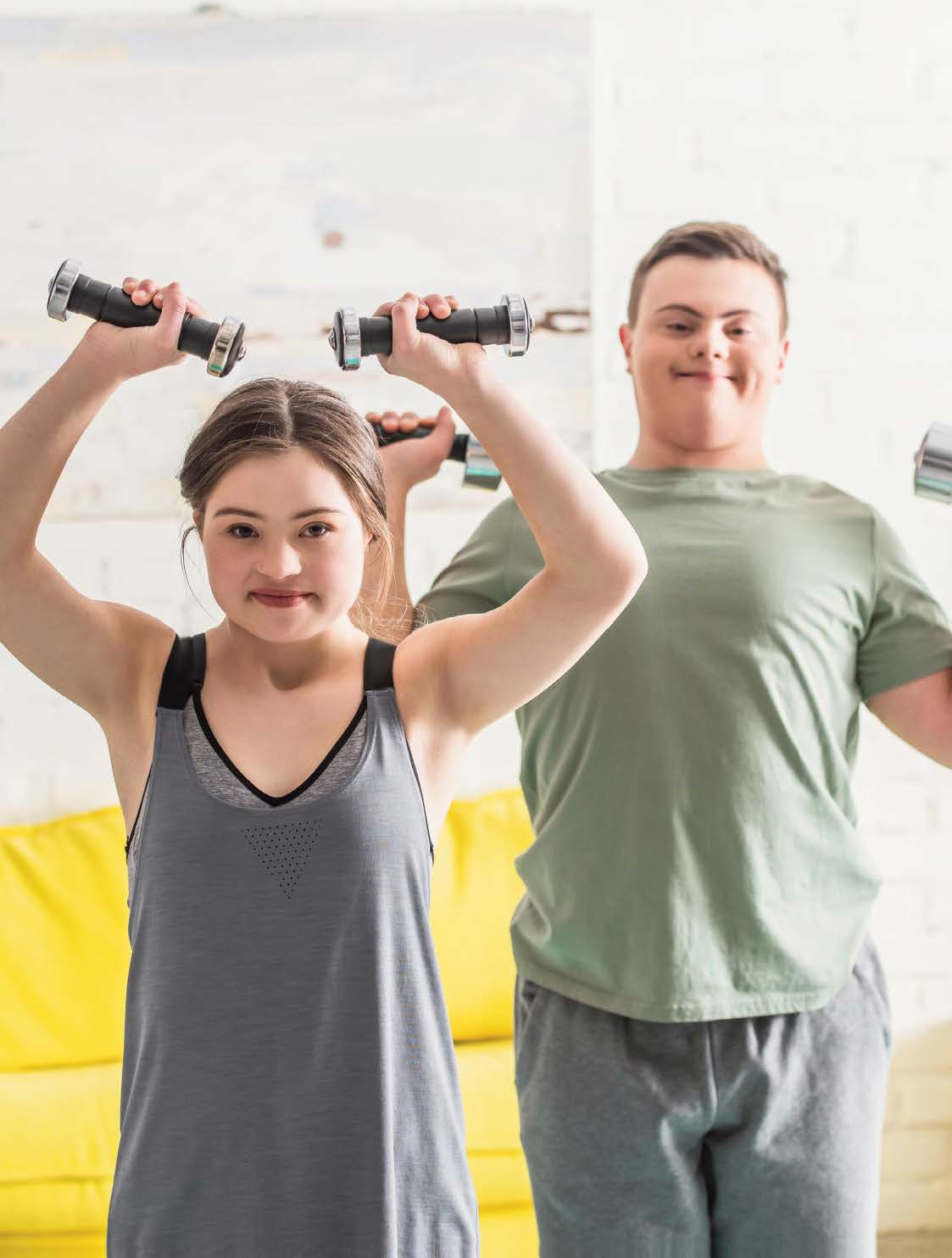Everyone Can Be an Athlete
By Aviva Gans, PT MS
The US Centers for Disease Control says that "Regular physical activity is one of the most important things you can do for your health."
Exercise recommendations are for everyone. But differently abled people may not meet the recommendations. Adapting exercise makes it possible for them to reap the benefits. It also facilitates inclusion. The key to adaptation is creatively individualizing and adjusting activities to match a person's health, motor, and perceptual abilities. The modifications should respect the person's interests and social/emotional needs. No one has to sit on the sidelines. Everyone can be their own best athlete.
Exercise has immediate benefits for mental health. It decreases anxiety in adults. In children, it is calming and improves focus. Movement even improves learning. Long-term benefits of exercise include improved weight management, improved respiratory function, and improved heart health. Exercise increases strength, range of motion, and endurance. It may prevent some cancers and benefits bones. Exercise can improve body awareness, motor planning, coordination, and balance. Adults and children with disabilities are often at higher risk for obesity, diabetes, and heart disease. These concerns make exercise more crucial.
How Much To Exercise For Health
Adults should do a minimum of 150 minutes of exercise each week. The recommendation for all children is one hour per day of physical activity. For people with disabilities, meeting these goals is challenging. There are many reasons people with disabilities do not exercise enough. For some, there are safety issues. In some cases, exercise may seem too difficult. Often there are access issues. According to many parents, children with disabilities lack motivation. Adaptation addresses many of these obstacles.
